NASA Wants to Test New Moon Spacesuits on the Space Station in 2023
If NASA is ever going to send astronauts back to the moon by 2024, it's going to need new spacesuits for lunar exploration. But before astronauts ever don those suits on the moon, they'll test "walk" them on the International Space Station in 2023, according to the engineer backing the program.
NASA's Artemis moon program aims to land the first astronauts at the south pole of the moon in 2024, but the agency's current spacesuit design — called the Extravehicular Mobility Unit, or EMU — is designed for floating spacewalks (also known as extra-vehicular activities or EVAs), not clambering around a rocky, lunar surface.
NASA's in-house Advanced Space Suit Project is one of several spacesuit efforts the agency has pursued in recent years, to develop ways to explore deep space. In November 2016, according to a 2017 NASA Office of Inspector General report, the project centered its efforts on a new generation of EVA suit, now known as the xEMU. And so far, the agency is still holding to its timeline of testing the xEMU in orbit in 2023.
Related: The Evolution of the Spacesuit in Pictures
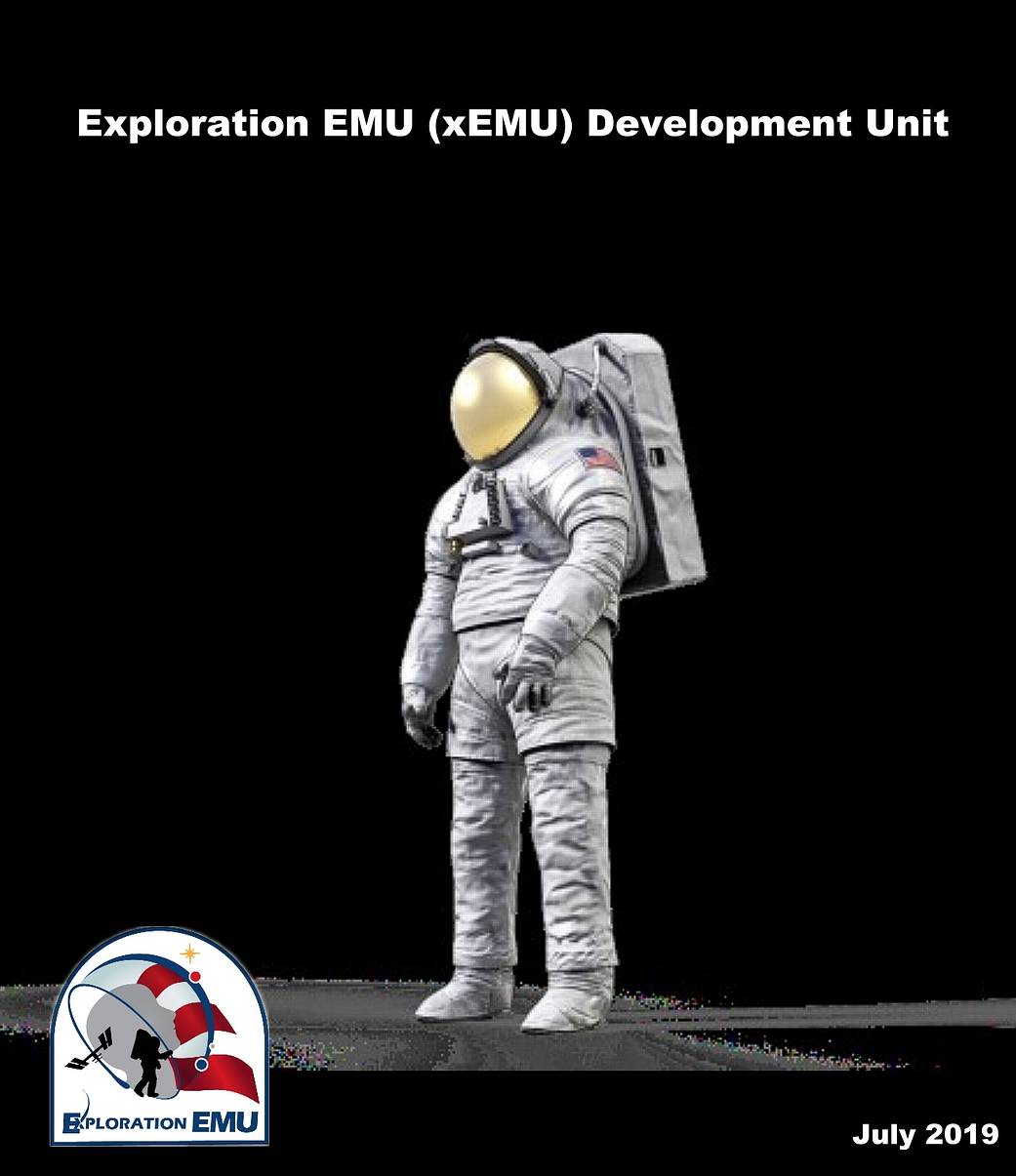
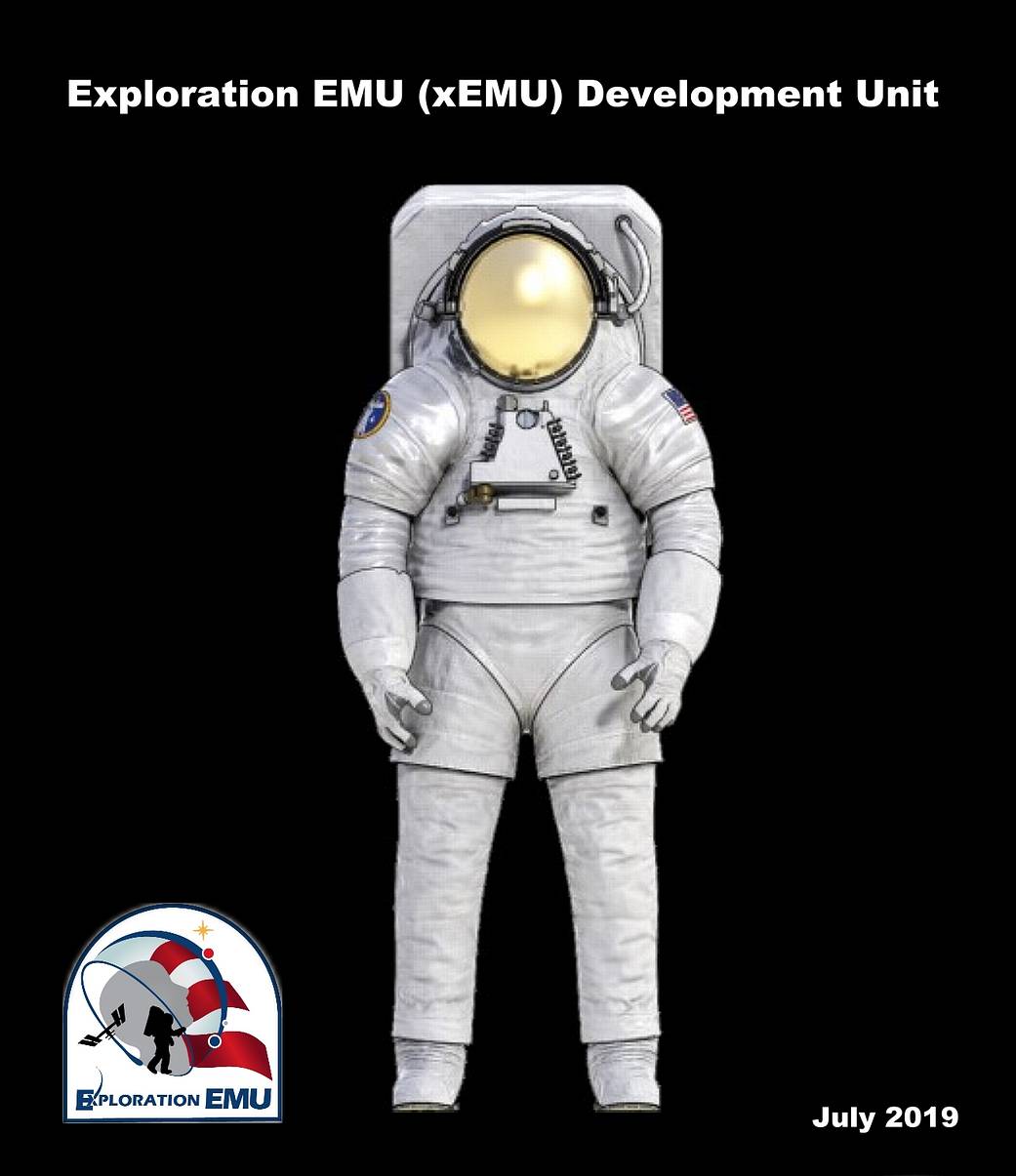
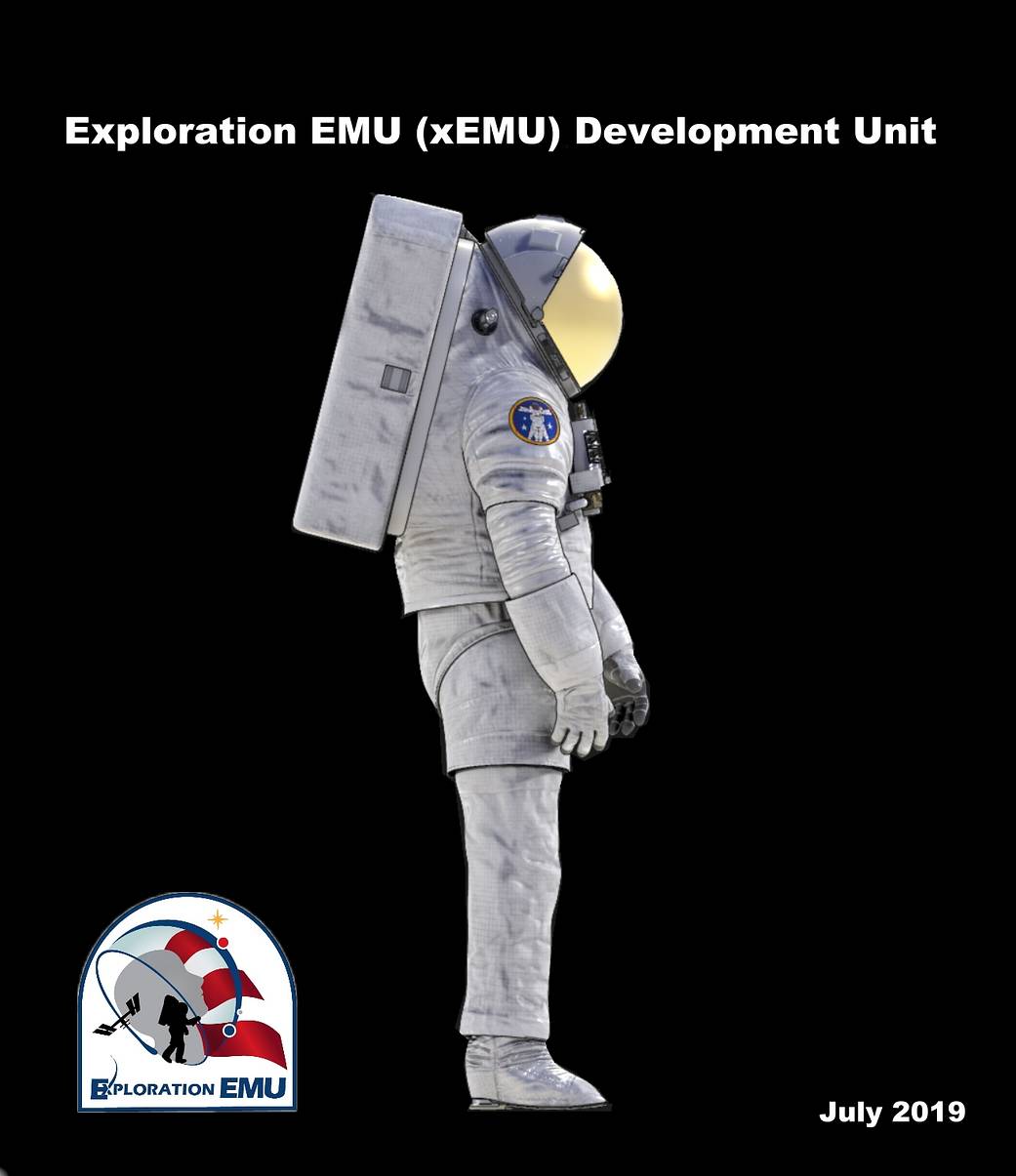
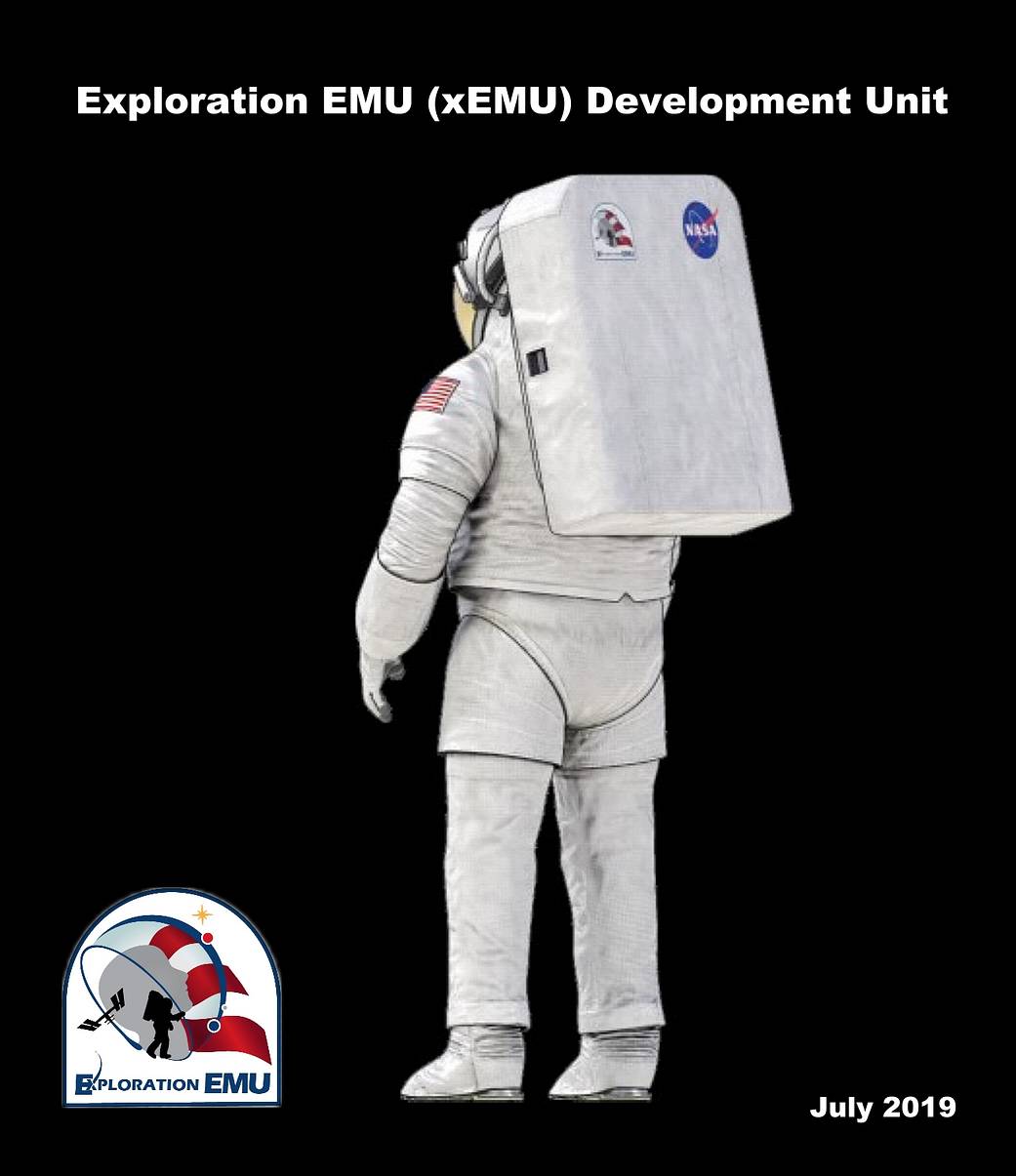
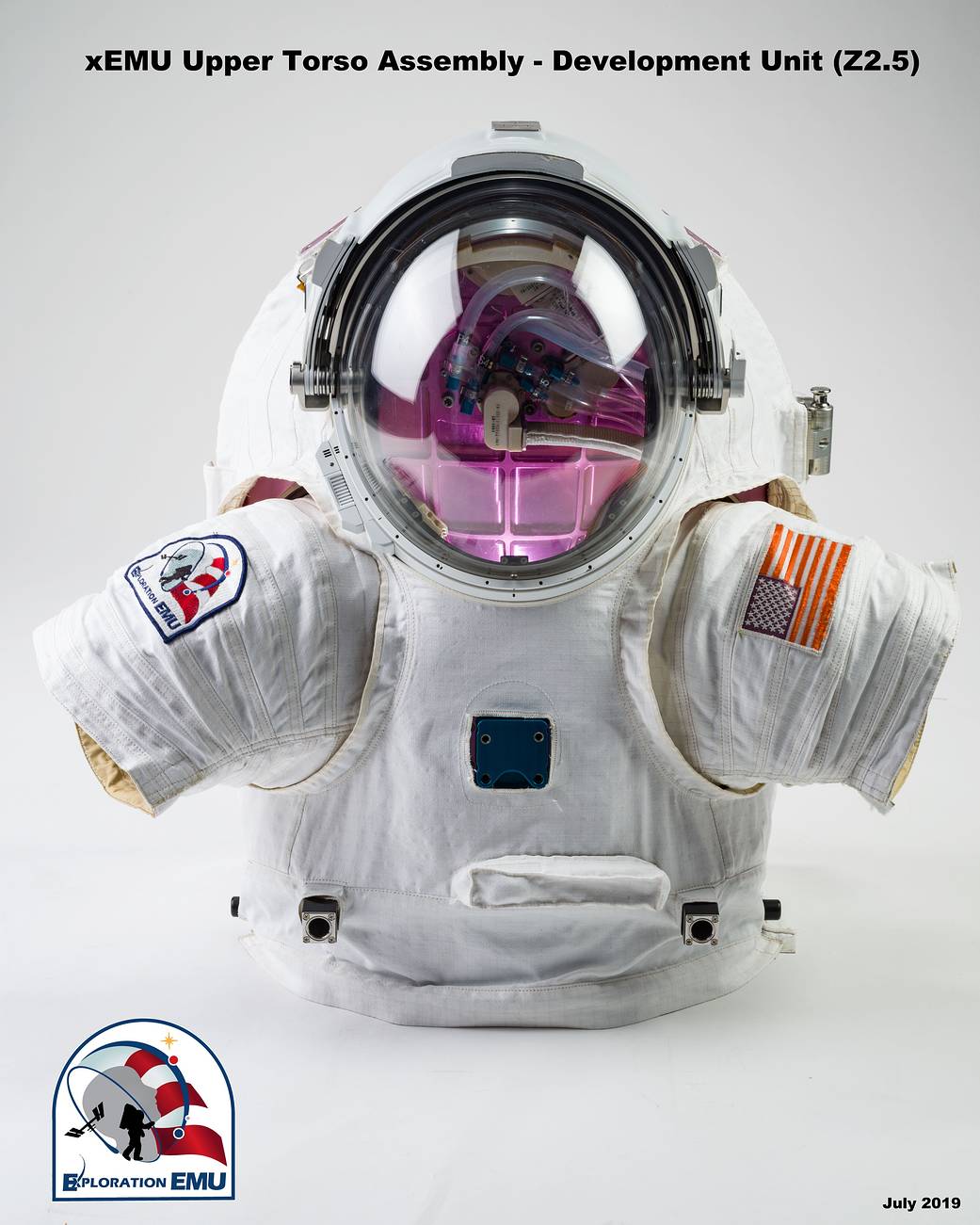
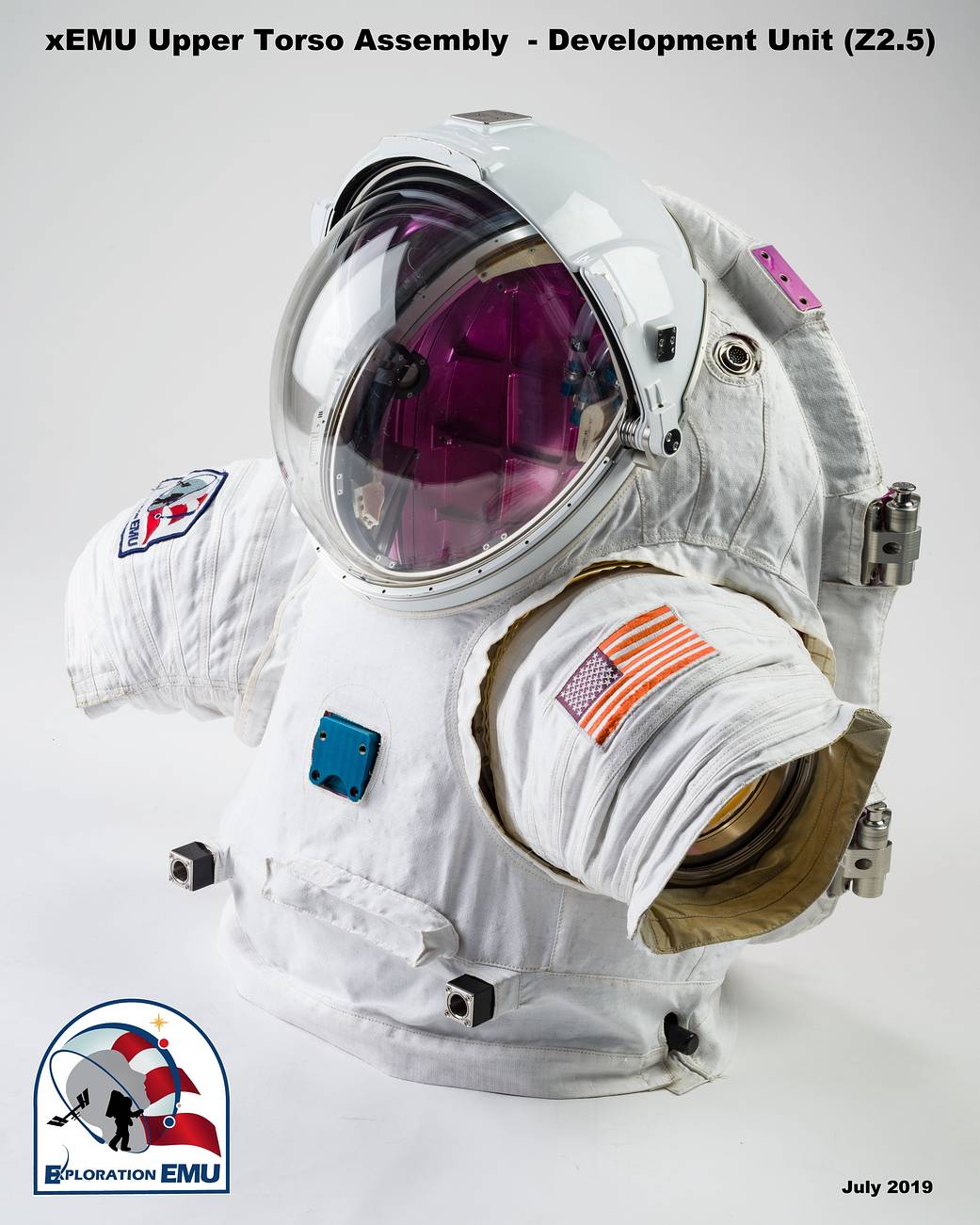
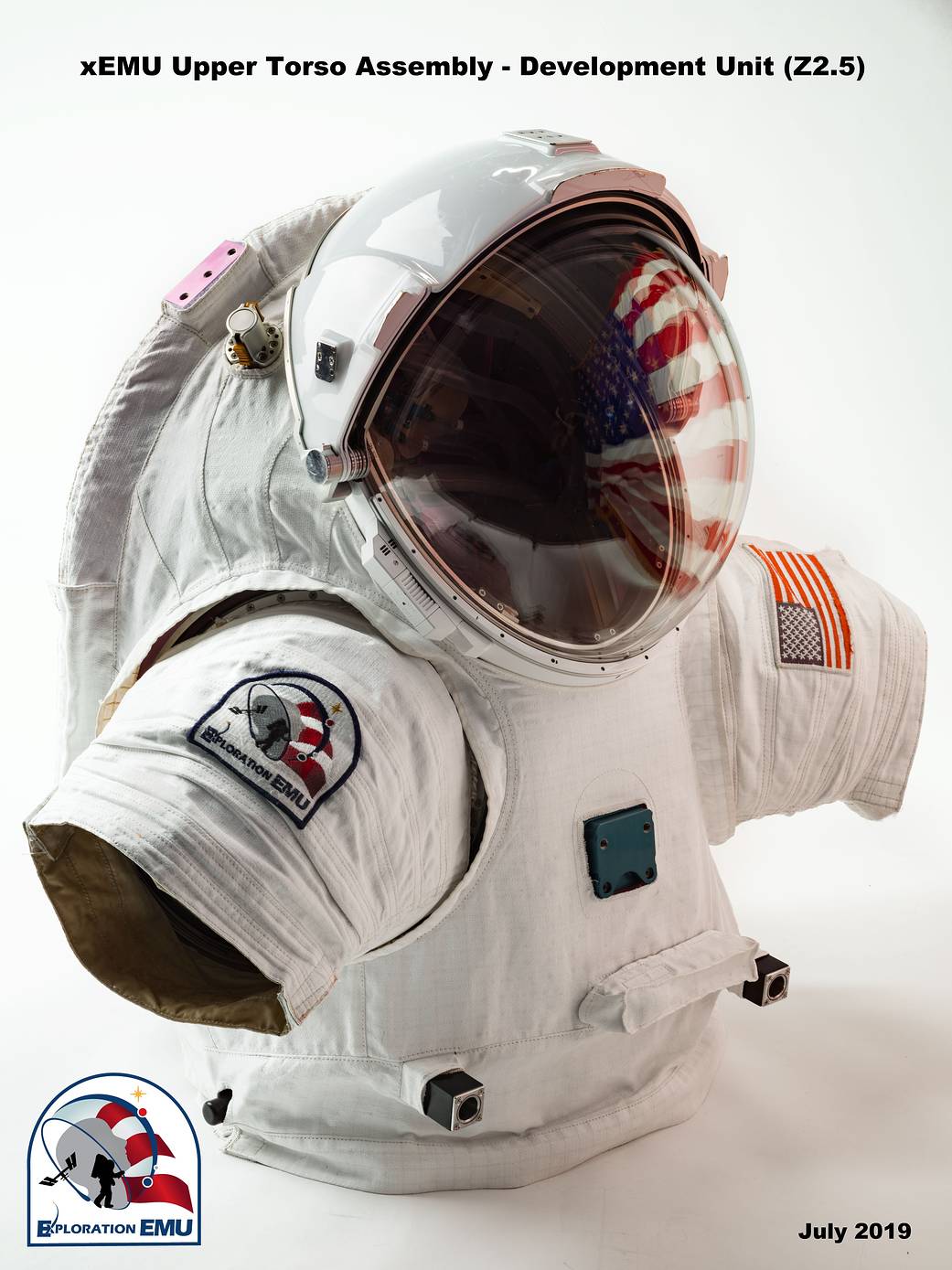
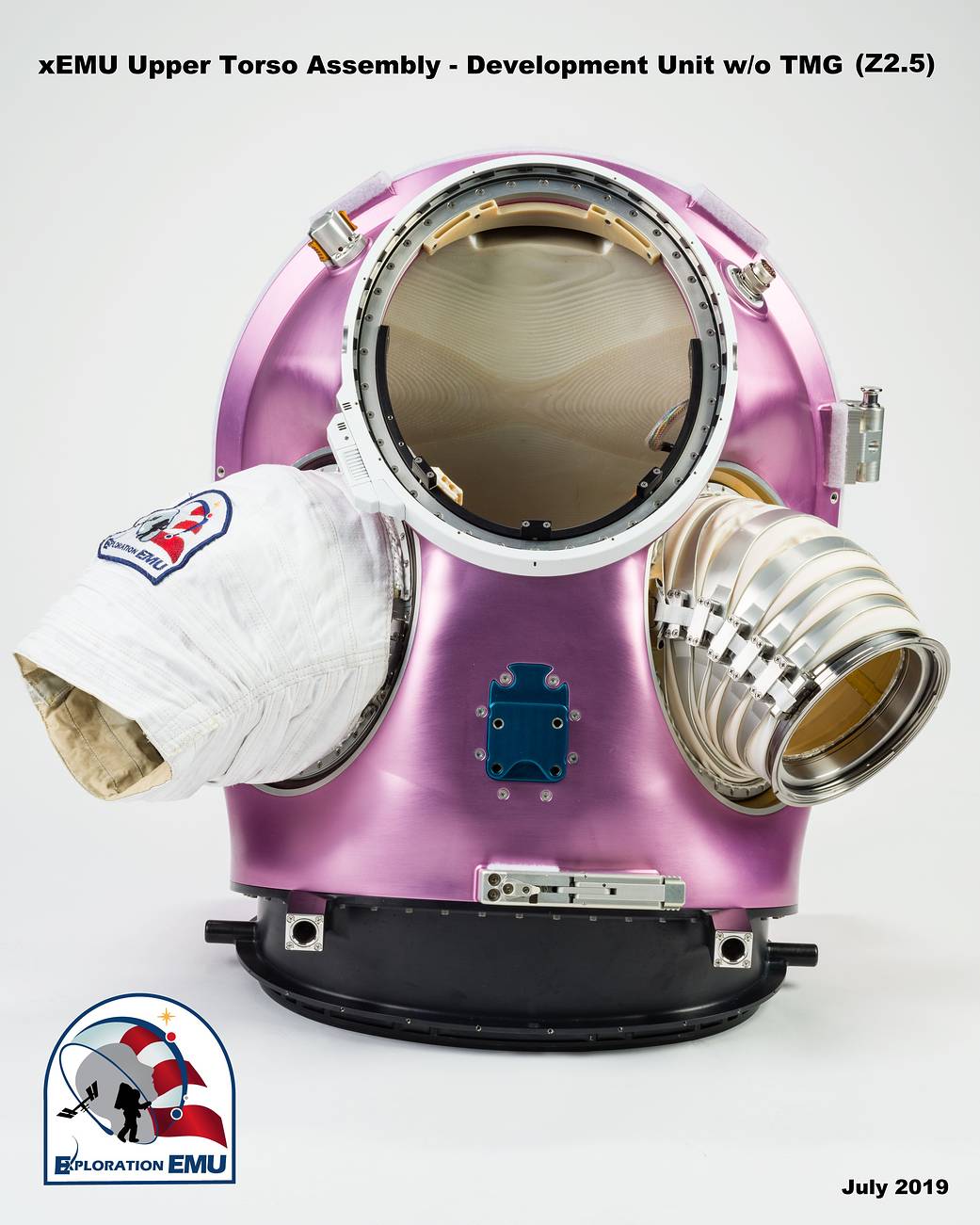
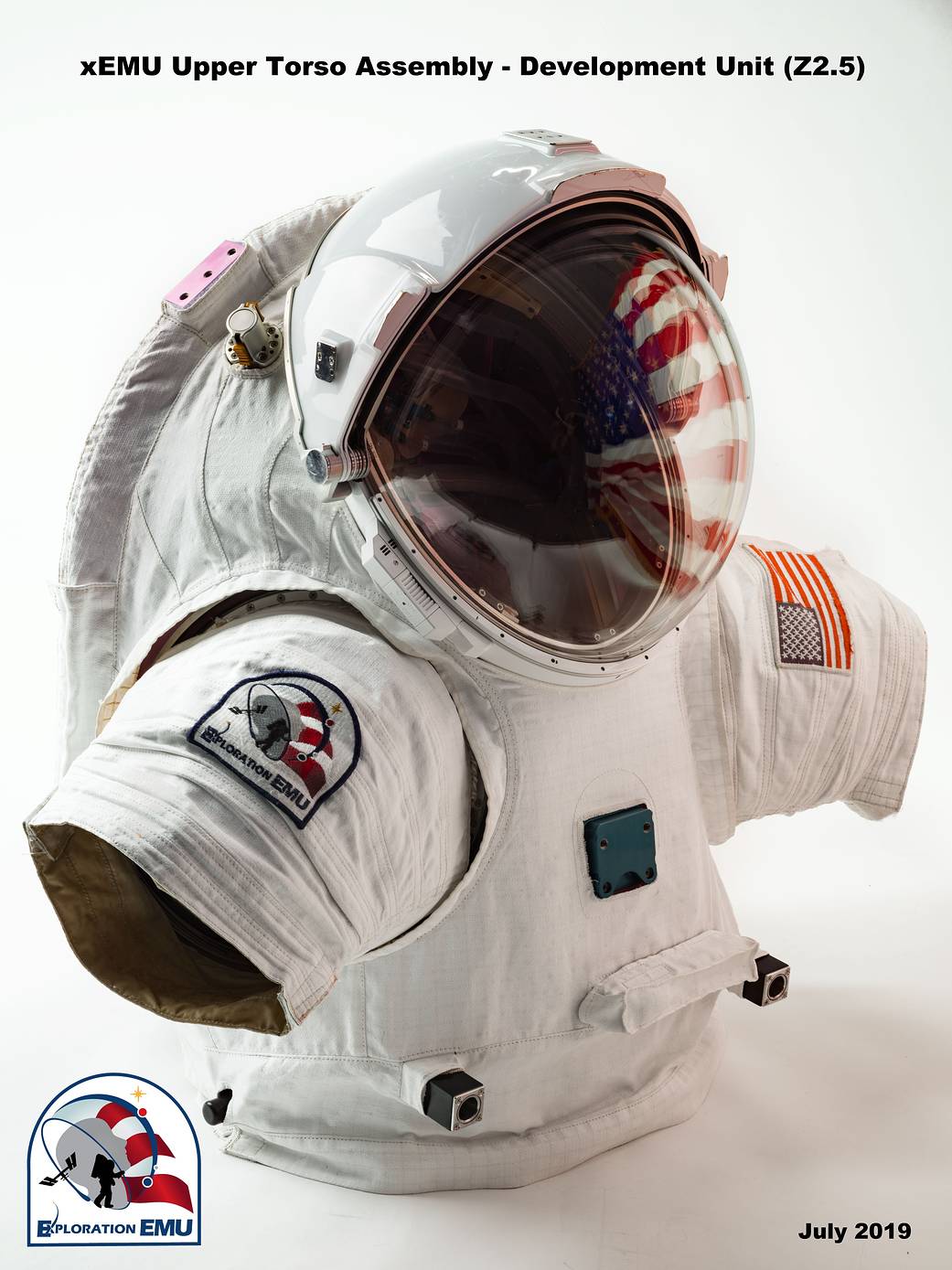
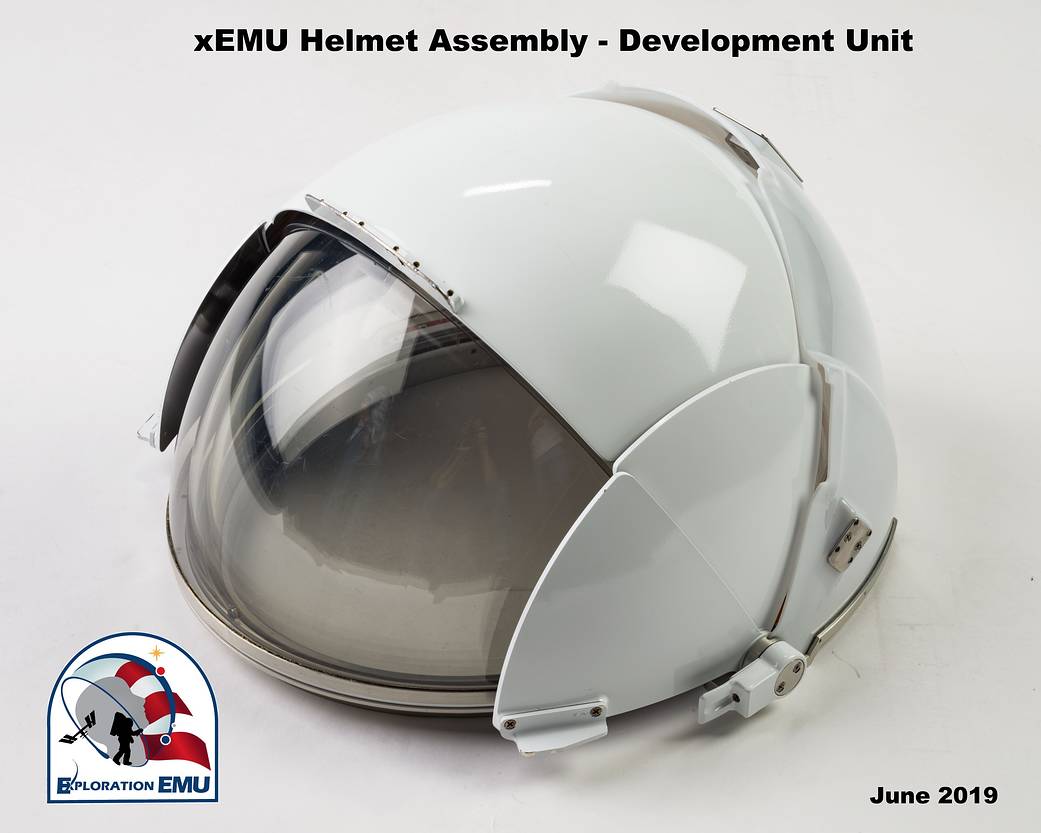
"We've made a lot of progress and iterated on this design, so now we have a very mature system overall," NASA spacesuit engineer Lindsay Aitchison said Sept. 11 during the American Astronautical Society's Wernher von Braun Memorial Symposium in Huntsville, Alabama.
So far the xEMU has gone through more than 30 runs in the Neutral Buoyancy Laboratory, the huge swimming pool astronauts use to train for spacewalks, Aitchison said.
The xEMU recently passed its preliminary design review, which is a major development stage showing that the baseline design appears to be operationally effective. Next up is design development testing, Aitchison added, followed by testing a full version of the suit on the ISS in 2023. Only if the spacesuit passes those orbital trials would it be used by astronauts on the lunar surface in 2024.
Years of testing
While the Trump administration only told NASA in March to land on the moon in 2024, the agency has been working on improving its exploration-class (or planetary surface-based) spacesuits for more than a decade. The iconic Apollo moon spacesuit of the 1960s was based on a design that is more than 50 years old, so today's engineers are looking to create something more flexible based on what we have learned about astronauts and human factors since then.
Breaking space news, the latest updates on rocket launches, skywatching events and more!
In 2017, the OIG criticized NASA for spreading its recent spacesuit development among multiple programs, resulting in $200 million spent but leaving the agency "years away from having a flight-ready spacesuit capable of replacing the EMU or suitable for use on future exploration missions." At the time, NASA said the report "is a fair assessment of the current state of Extravehicular Activity (EVA) systems", but said the OIG was "overly critical" of the data and products supplied to explain the Constellation Space Suit System contract, which was terminated some years after the George W. Bush-era Constellation moon-to-Mars program was canceled in 2010. NASA added that some of the CSSS deliverables "may be used to reduce risk for current International Space Station (ISS) EVA systems."
More Photos: NASA's Futuristic Z-2 Spacesuit Design in Pictures
Related: NASA's Z-2 Spacesuit: How It Works (Infographic)
Yet the agency appears to be using multiple spacesuit ideas to inform the design of its newer xEMU.
Aitchison mentioned various spacesuit designs that influenced xEMU, all the way back to the early 1990s. Among the spacesuits she cited were ILC Dover's Mark III — used in a NASA field testing program called Desert Research and Technology Studies or Desert RATS – and the more recent Z-1 spacesuit and Z-2 spacesuit prototypes that ILC Dover and NASA introduced in the last decade.
"NASA has actually been investing in a very methodical matter how we're going to do exploration spacesuit development," Aitchison said, including implementing "lessons learned" from the ISS program. Among the changes: the xEMU suit will have a smaller display unit on the front of the suit, making it easier to fit a wider range of NASA's astronaut population, Aitchison said.
Spacesuit needs
In March, NASA backed away from plans to run the first all-female spacewalk because there were not enough EMU spacesuits immediately available on the ISS, in the correct size, for the two scheduled astronauts to use. Modifying the Hard Upper Torso unit on the EMU for taller (or shorter) astronauts generally takes about 12 hours of work, so NASA elected to shuffle spacewalk assignments rather than take time away from experiments and more urgent repairs on the ISS. Following this situation, NASA administrator Jim Bridenstine told the House science committee that future spacesuit designs would better accommodate the range of sizes the astronaut population requires.
Another consideration for xEMU is it will be able to run missions on the future Gateway space station at the moon, as well as for lunar exploration or for landing on Mars, Aitchison said. xEMU's design can be changed to accommodate different missions, she explained, by swapping out some components to keep the astronauts safe in these different environments.
As for ILC Dover, the company (along with Collins Aerospace) introduced an "Astro" suit in August that can be used for floating spacewalks, moon exploration or Mars exploration. The new suit system is aimed at both NASA and commercial space partners for future lunar and Martian exploration.
- Astronauts Test Retro Spacesuit Tech for Mock Mars Missions Under the Sea
- Scientists Test Mars Spacesuit By Climbing a Glacier in Iceland
- This Next-Gen Spacesuit Could Protect Astronauts on the Moon and Mars
Follow Elizabeth Howell on Twitter @howellspace. Follow us on Twitter @Spacedotcom and on Facebook.

Elizabeth Howell (she/her), Ph.D., was a staff writer in the spaceflight channel between 2022 and 2024 specializing in Canadian space news. She was contributing writer for Space.com for 10 years from 2012 to 2024. Elizabeth's reporting includes multiple exclusives with the White House, leading world coverage about a lost-and-found space tomato on the International Space Station, witnessing five human spaceflight launches on two continents, flying parabolic, working inside a spacesuit, and participating in a simulated Mars mission. Her latest book, "Why Am I Taller?" (ECW Press, 2022) is co-written with astronaut Dave Williams.
